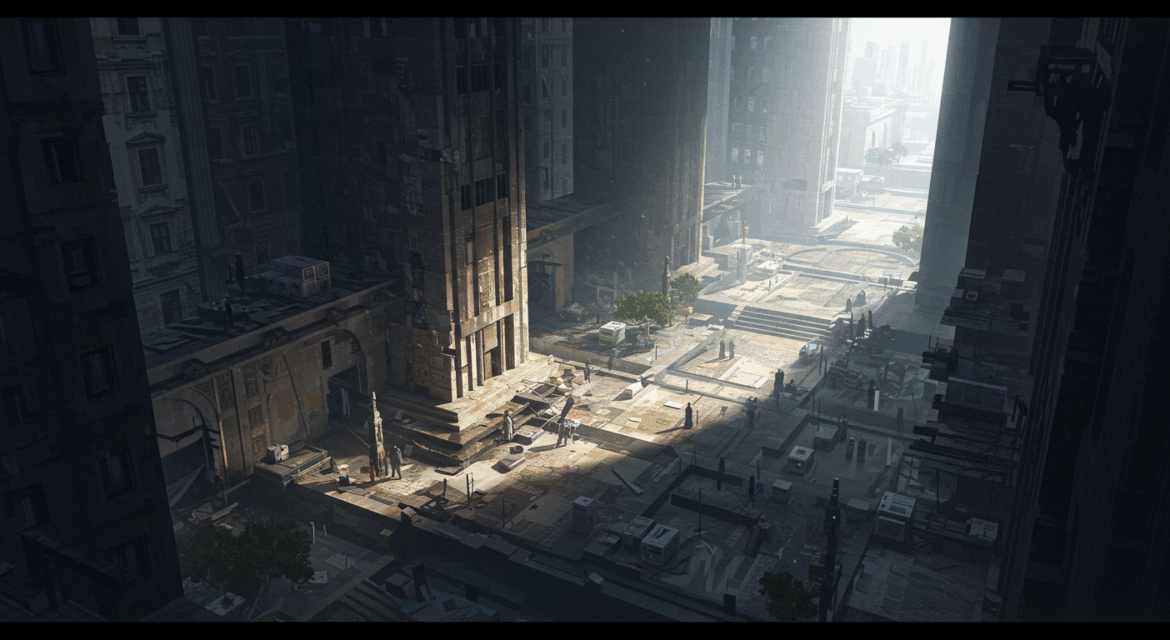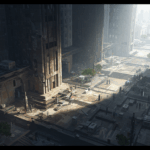In a world full of noise — car noise, ad noise, data noise — some listen to silence. Not empty silence… but silence filled with spaces that create comfort, with gaps that create peace, with details unseen but deeply felt.
In a new residential neighborhood, design didn’t start with traffic plans or population density. It started with a question: “Where will silence be?” Where can a child play without car horns? Where can a mother read her book without motorcycle noise? Where can an elder hear a bird… not an AC unit?
The answer was found in “intermediate voids” — those spaces between buildings often wasted or used as parking. Engineers turned them into small gardens, shaded pedestrian paths, cushioned play areas. They weren’t “productive” spaces in the traditional sense — but they were “essential” in the human sense.
Silence also in interior design: sound-insulating walls between apartments, double-glazed windows blocking street noise, floors absorbing neighbors’ footsteps. Because privacy isn’t a luxury — it’s a right.
Even in massive projects — airports, stations, complexes — engineers began designing “silence rooms” — small islands of calm amid chaos, where travelers can catch their breath, calm before their journey, hear their own thoughts… not advertisement jingles.
Silence isn’t absence of sound… it’s presence of peace. Those who design for silence don’t build spaces… they build peace of mind. Because the greatest thing engineering can offer humans… isn’t what’s seen or heard… but what’s felt deep within.






